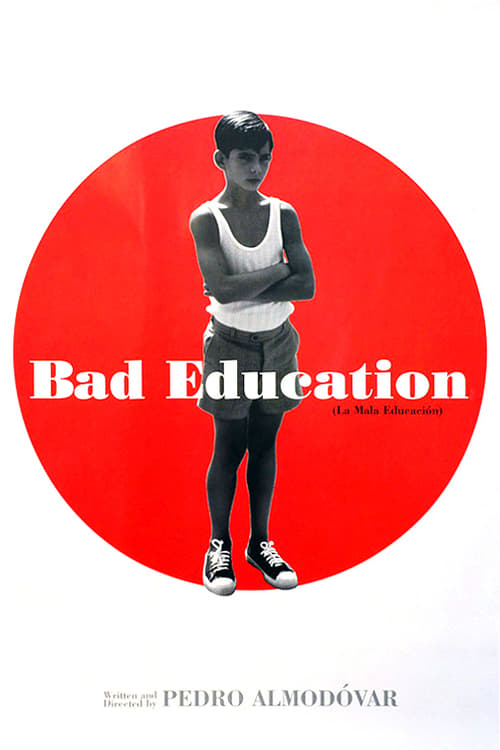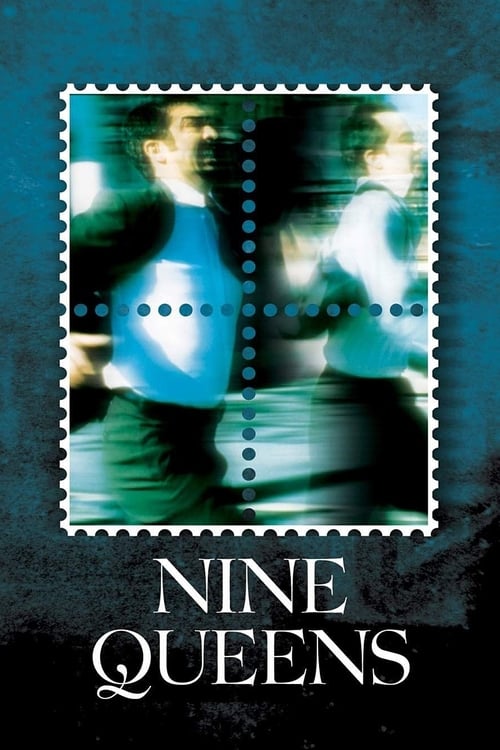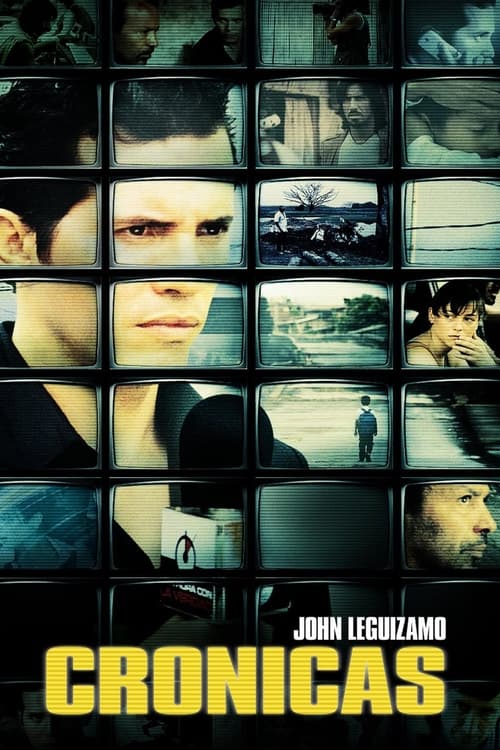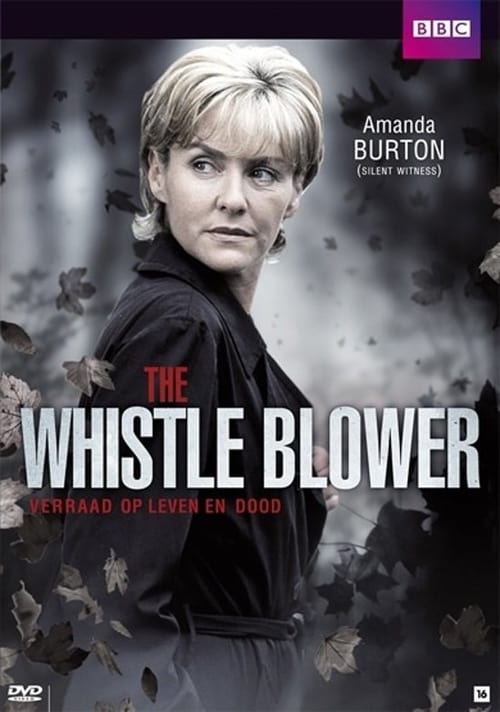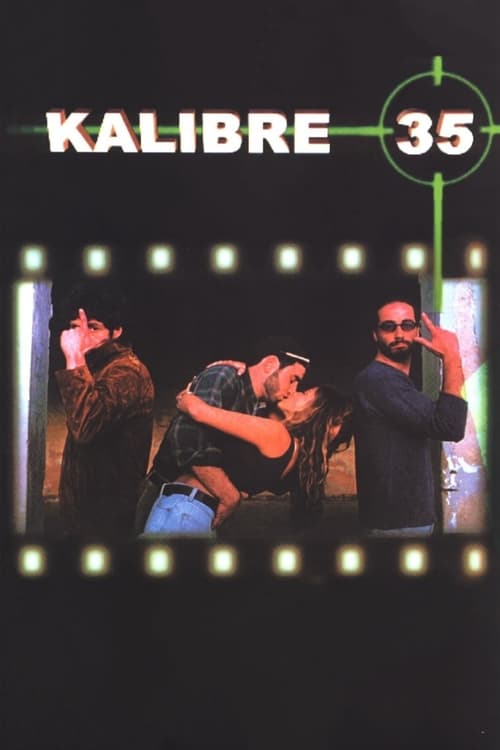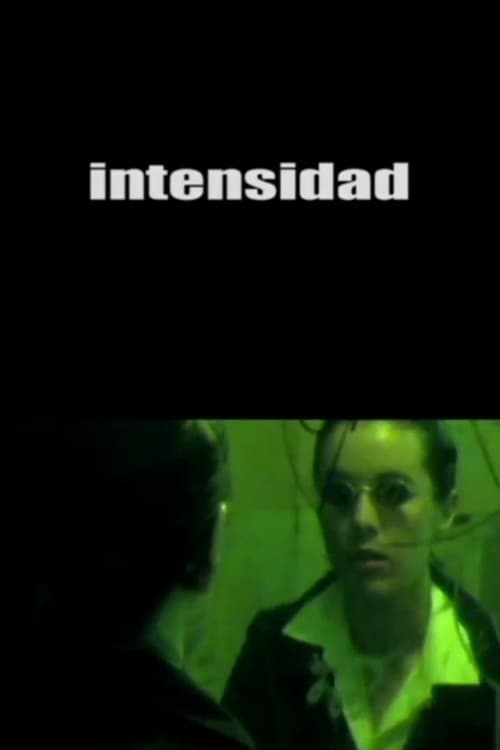
Ask Your Own Question
What is the plot?
What is the ending?
In the ending of "Monos con navaja," the film culminates in a violent confrontation that leads to the tragic demise of several characters. The protagonist, a young man named "El Gato," faces the consequences of his actions, leading to a sense of loss and despair. The film closes with a haunting image that reflects the chaos and brutality of their lives.
As the final scenes unfold, the tension escalates. The group of young men, who have been living in a makeshift camp in the mountains, are increasingly consumed by their internal conflicts and external threats. The atmosphere is thick with paranoia and mistrust, as they grapple with their identities and the violent world around them.
In a pivotal scene, El Gato, driven by a mix of fear and desperation, confronts his fellow group members. The air is charged with unspoken accusations and simmering rage. The camera captures the raw emotions on their faces--fear, anger, and a longing for connection. As the confrontation escalates, the group fractures, revealing deep-seated rivalries and betrayals.
The violence erupts suddenly, with a brutal fight breaking out among the young men. The choreography of the fight is chaotic, reflecting their inner turmoil and the breakdown of their camaraderie. El Gato, in a moment of reckless abandon, makes a fateful decision that leads to irreversible consequences. The camera lingers on the expressions of shock and horror as the reality of their actions sinks in.
As the dust settles, the aftermath is devastating. The once tight-knit group is left in disarray, with several members either dead or gravely injured. El Gato, now isolated and haunted by guilt, wanders through the remnants of their camp, a shell of his former self. The weight of his choices bears down on him, and the film captures his internal struggle through close-ups that convey his despair and regret.
In the final moments, the film presents a haunting image of El Gato standing alone, surrounded by the remnants of their violent past. The camera pulls back, revealing the desolate landscape that mirrors his emotional state. The screen fades to black, leaving the audience with a lingering sense of loss and the harsh realities of their existence.
The fates of the main characters are tragic. El Gato is left to grapple with the consequences of his actions, forever changed by the violence that has consumed his life. The bonds that once united the group are shattered, and the film closes on a note of bleakness, emphasizing the cyclical nature of violence and the fragility of youth.
Is there a post-credit scene?
The movie "Monos con navaja," produced in 2000, does not feature a post-credit scene. The film concludes its narrative without any additional scenes or content after the credits roll. The story wraps up with a focus on the characters and their journeys, leaving the audience to reflect on the themes and events that have unfolded throughout the film.
What role does the setting play in shaping the characters' experiences?
The setting in 'Monos con navaja' is crucial as it reflects the gritty and dangerous environment the characters inhabit. The urban landscape, filled with violence and crime, shapes their interactions and decisions. The characters' emotional states are often mirrored by the chaotic surroundings, emphasizing their struggles for identity and survival.
What is the significance of the character named 'La Chola' in the story?
La Chola is a pivotal character in 'Monos con navaja,' representing the harsh realities of life in the urban environment. Her interactions with the main characters reveal the struggles of survival and the impact of violence on personal relationships. She embodies resilience and vulnerability, often serving as a catalyst for the emotional development of others.
How does the character of 'El Gato' influence the dynamics within the group?
El Gato is a complex character whose presence brings tension and conflict among the group. His motivations are often driven by a desire for power and control, which leads to confrontations with other characters. His actions force the group to confront their own moral dilemmas and the consequences of their choices.
How does the relationship between 'El Mono' and 'La Chola' evolve throughout the film?
The relationship between El Mono and La Chola is central to the narrative, showcasing themes of love, betrayal, and loyalty. Initially, there is a sense of attraction and connection, but as the story progresses, external pressures and personal choices create rifts between them. Their evolving dynamic highlights the impact of their environment on personal relationships.
What are the motivations behind the violent actions of the characters?
The characters in 'Monos con navaja' are often driven by desperation, survival instincts, and the influence of their environment. Their violent actions stem from a need to assert power, protect themselves, or retaliate against perceived threats. These motivations are deeply rooted in their backgrounds and the socio-economic conditions they face, making their choices both tragic and understandable.
Is this family friendly?
"Monos con navaja," produced in 2000, is not considered family-friendly due to its mature themes and content. The film contains several potentially objectionable or upsetting aspects, including:
-
Violence: The film features scenes of intense violence, including fights and confrontations that may be graphic and disturbing.
-
Drug Use: There are depictions of drug use and its effects on characters, which may be unsettling for younger viewers.
-
Emotional Turmoil: Characters experience significant emotional distress, including themes of betrayal, loss, and survival, which could be heavy for sensitive audiences.
-
Language: The dialogue includes strong language that may not be appropriate for children.
-
Dark Themes: The film explores themes of survival in a harsh environment, which may be too intense for younger viewers.
Overall, the film's content is geared towards an adult audience and may not be suitable for children or those who are sensitive to such themes.









